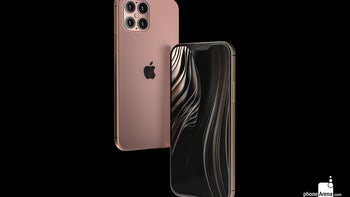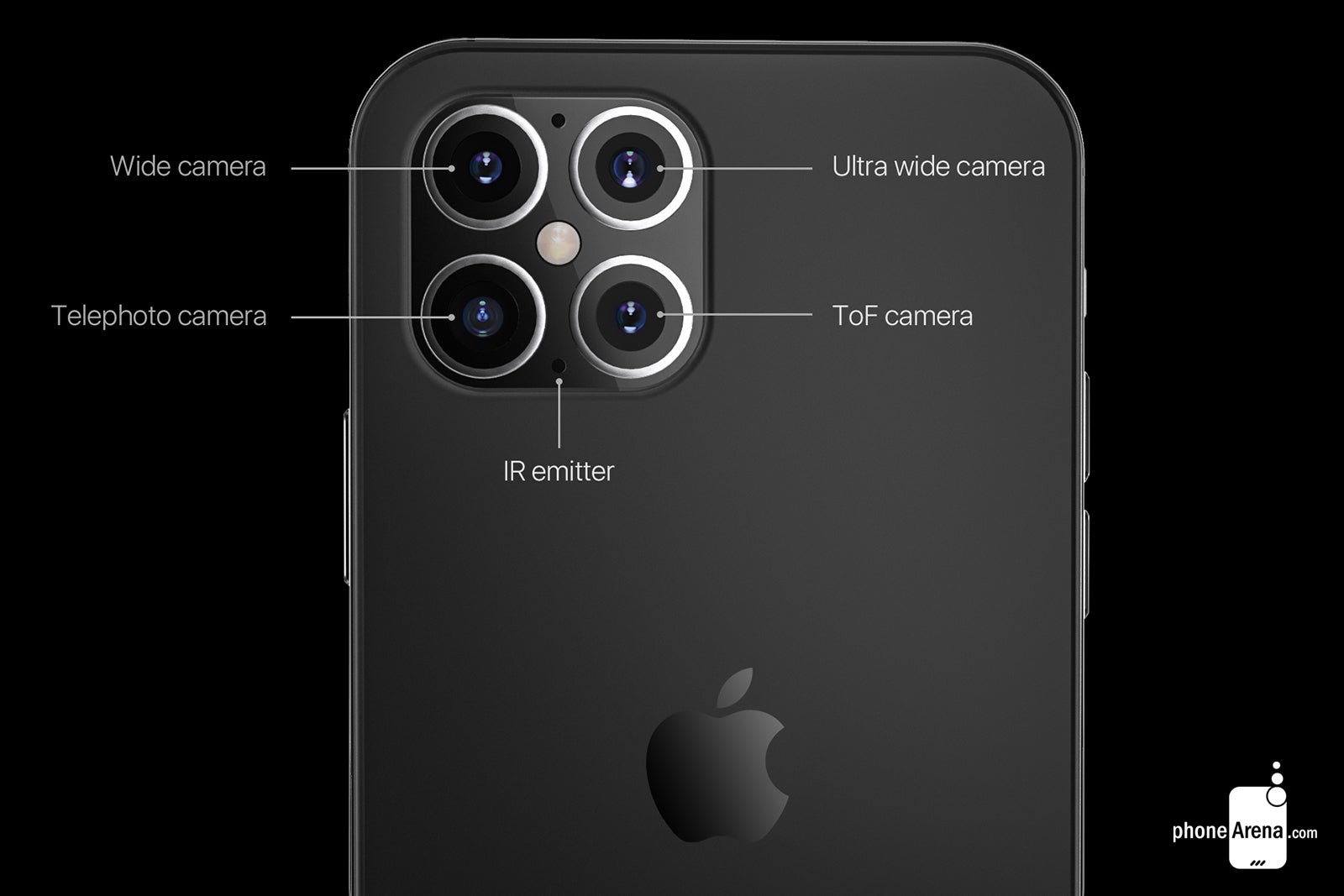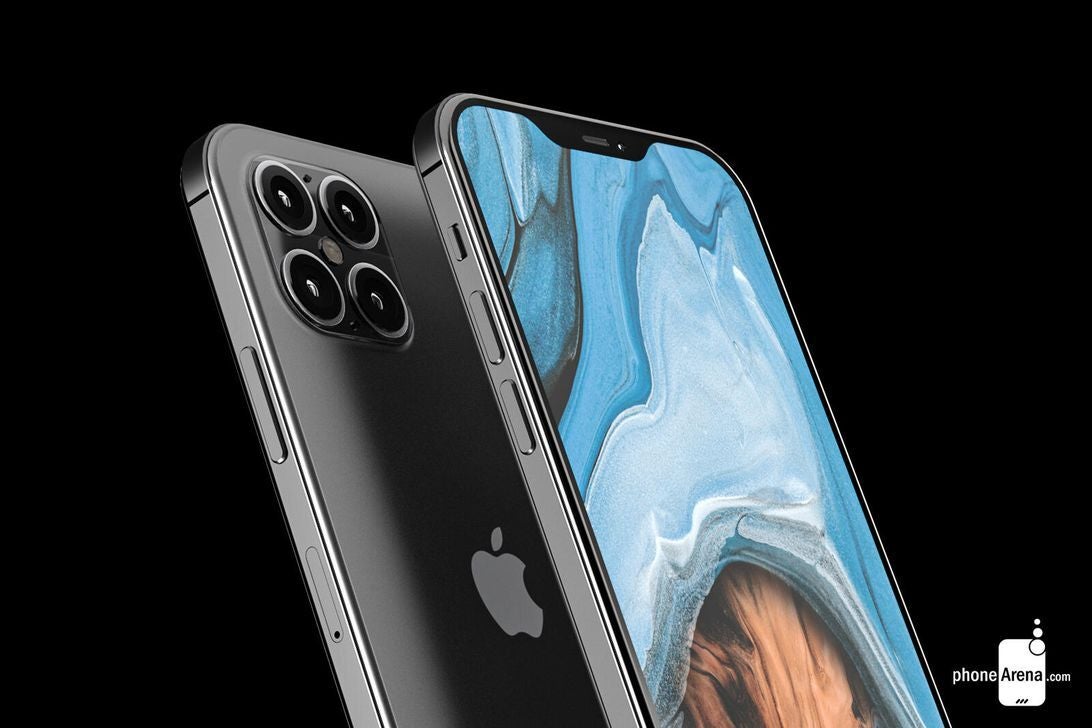Analyst says 5G supercycle could lead to record breaking iPhone sales

By several accounts, Apple's iPhone 11 was one of the top-selling phones of last year. And during the calendar fourth quarter of 2019, which includes the holiday shopping season, Apple generated higher iPhone revenue than the figure expected by analysts. For the three month period that includes October through December, the Wall Street consensus called for the company to report $52 billion in handset sales. Instead, Apple reported iPhone revenue of $55.96 billion for the quarter.
Analyst says that Apple could set a new record for iPhone sales thanks to the upcoming "perfect storm"
The next series of new flagship iPhone models, due to be unveiled in September unless the coronavirus forces a delay, will feature Apple's first 5G compatible iPhone units. The handsets will also be redesigned. Barron's reports that bullish Wedbush Securities analyst Dan Ives believes that a "supercycle" is coming and will lead to spectacularly heavy demand for Apple's iconic smartphone. The cycle will cover the first 12 to 18 months following the release of the 2020 iPhone models this fall. Ives says that a "perfect storm" is coming with the new 5G capabilities and the redesign; he adds that of the 925 million consumers who currently own an iPhone, 350 million of them are "in a window of an upgrade opportunity."

This render shows us what the back of an iPhone 12 Pro might look like
As a result, for the September 2021 fiscal year the analyst sees Apple ringing up 200 million to 215 million iPhone units. But there is a big but here; Ives says that the company has the potential to break the annual record which was set in fiscal year 2015 when the firm sold 231 million handsets. Just in China alone, he sees as many as 60 million to 70 million users upgrading to a new iPhone with as many as half of them doing this in the June quarter. Of course, the spread of the coronavirus means uncertainty over any forecast. But the analyst believes that in the worst-case scenario, iPhone purchasers will merely be delayed because of the COVID-19 virus, not completely canceled by it.
Ives writes that "While the last few weeks has been an exogenous 'shock event' to Apple’s ecosystem on both the supply and demand side due to its China exposure, we believe this will be short-lived as the longer-term 5G supercycle thesis and services re-rating remain the crux of our bull thesis on Apple for the next 12 to 18 months."
TF International analyst Ming-Chi Kuo has said that Apple will release four new phones this fall. We should see the 5.4-inch Apple iPhone 12, the 6.1-inch iPhone 12 Plus, the 6.1-inch iPhone 12 Pro, and the 6.7-inch iPhone 12 Pro Max. Now we know exactly what you're thinking here. What is the difference between the iPhone 12 Plus and the iPhone 12 Pro, both sporting a 6.1-inch AMOLED display? It appears that the non-"Pro" models will carry two rear-facing cameras, a 12MP Wide camera, and a 12MP Ultra-wide camera. The "Pro" units will add a telephoto camera to the module and a Time of Flight (ToF) depth sensor; the latter will provide more natural-looking bokeh blurs for portraits and enhance the AR capabilities of the phone.

Apple iPhone 12 Pro render
All four 2020 iPhones will be powered by the A14 Bionic chipset; produced by TSMC using the 5nm process, the iPhone 12 series could be the first smartphones to be equipped with a 5nm chip. This means that more transistors-as many as 15 billion-will be packed inside the integrated circuit compared to the 8.5 billion used for the 7nm A13 Bionic SoC. That will make the iPhone 12 line more powerful and energy-efficient. The "Pro" models are also expected to get a 50% hike in memory to 6GB. All four phones will support both sub-6GHz and mmWave 5G signals. And we could see a metal band that wraps around the sides of the phones similar to the design used on the iPhone 4.
Don't forget that Apple will reportedly launch another phone before the iPhone 12 family is released. At the end of this month, the entry-level iPhone 9 should be introduced without 5G connectivity. This device, expected to carry a $399 price tag for the 64GB model, will resemble the iPhone 8. That means the handset will carry a 4.7-inch LCD display and feature Touch ID. It will be powered by the same A13 Bionic chipset found inside the 2019 iPhone units and will receive a 50% hike in memory to 3GB. Kuo sees demand for the device easily outstripping supply due to the production shortfalls forced on the industry by the coronavirus.













Things that are NOT allowed: